More migration to megacities is expected in the next few decades, because they have more jobs that are resilient to automation than smaller urban areas.
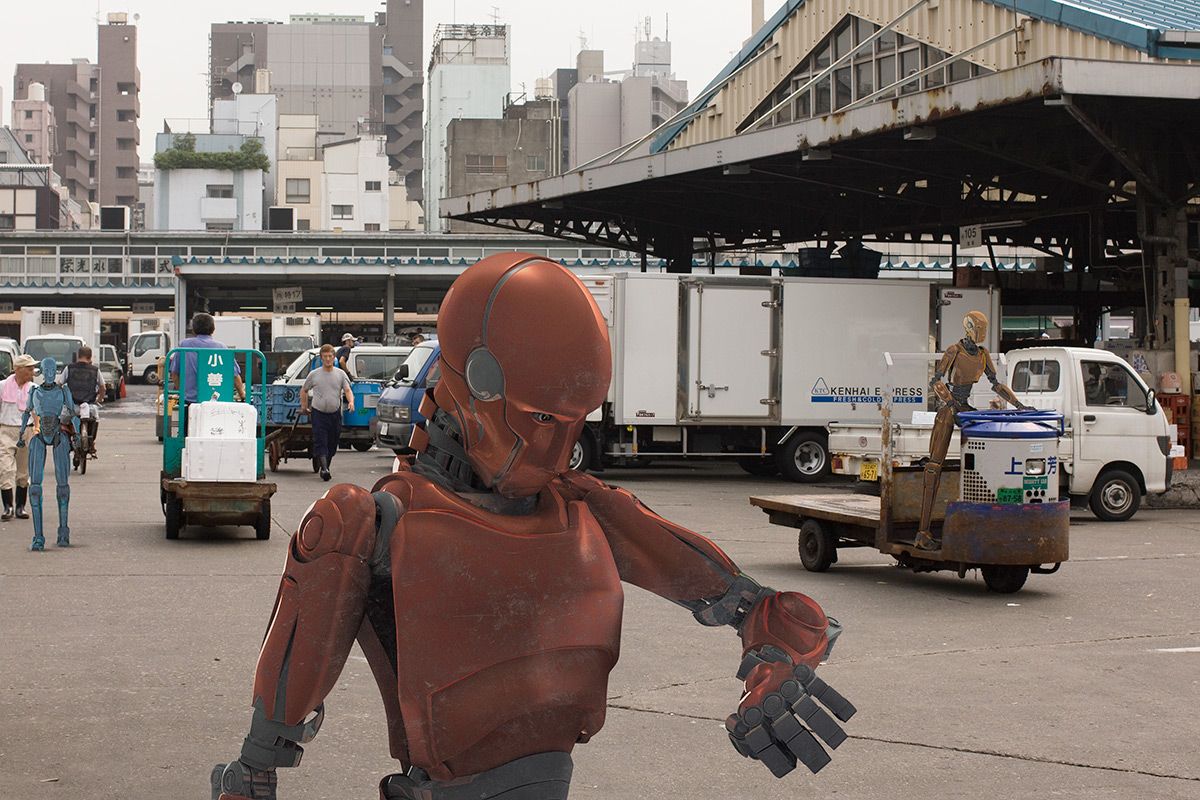

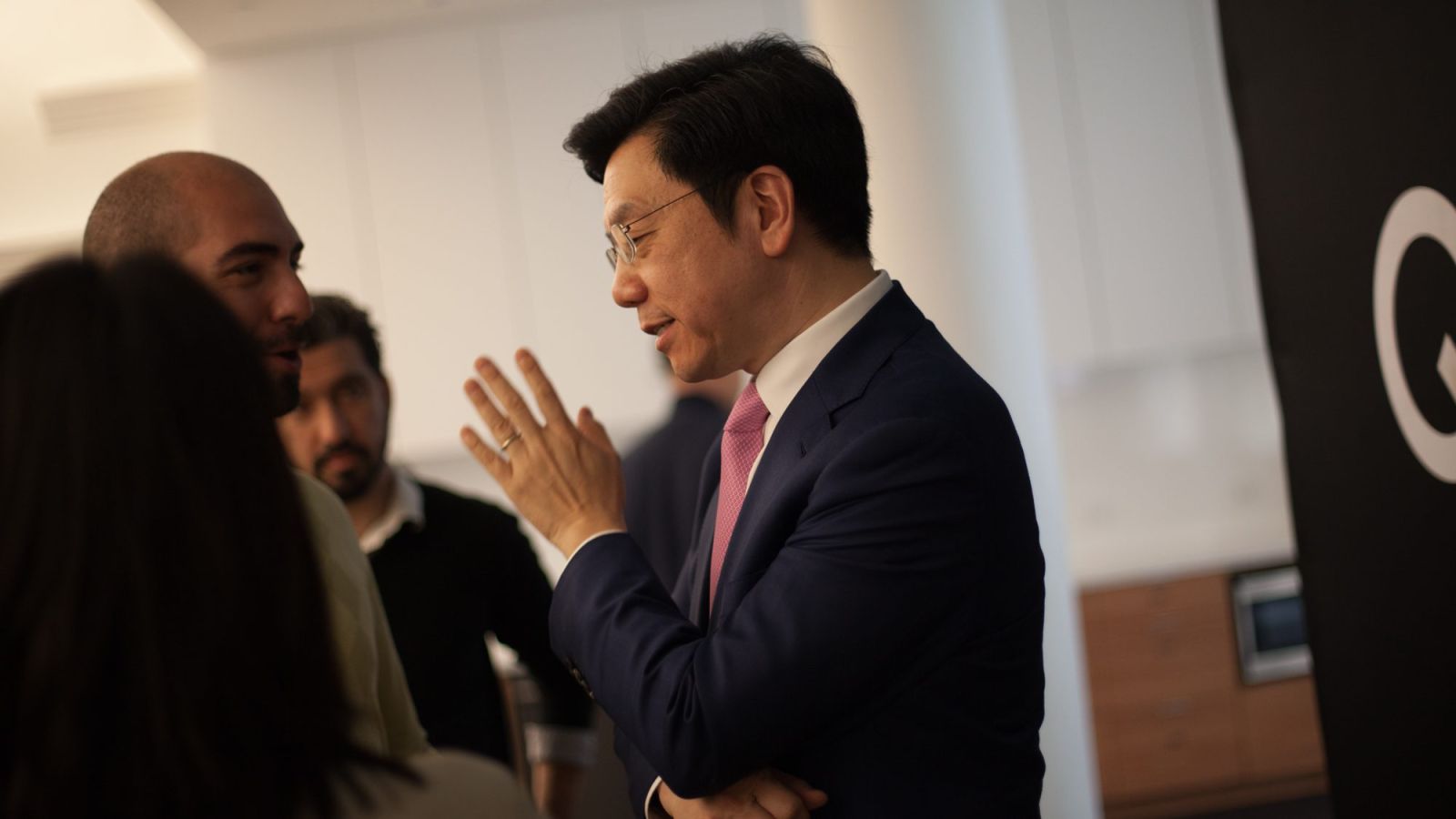
When machines control all the world’s finances and run factory floors, what will humans be left to do?
We’ll make art, says Kai-Fu Lee, a former Google and Microsoft executive who has since launched VC firm Sinovation Ventures.
“Art and beauty is very hard to replicate with AI. Given AI is more objective, analytical, data driven, maybe it’s time for some of us to switch to the humanities, liberal arts, and beauty,” Lee told Quartz editor-in-chief Kevin Delaney during a live Q&A session. “Maybe professions where it’s hard to find a job might be good to study.”
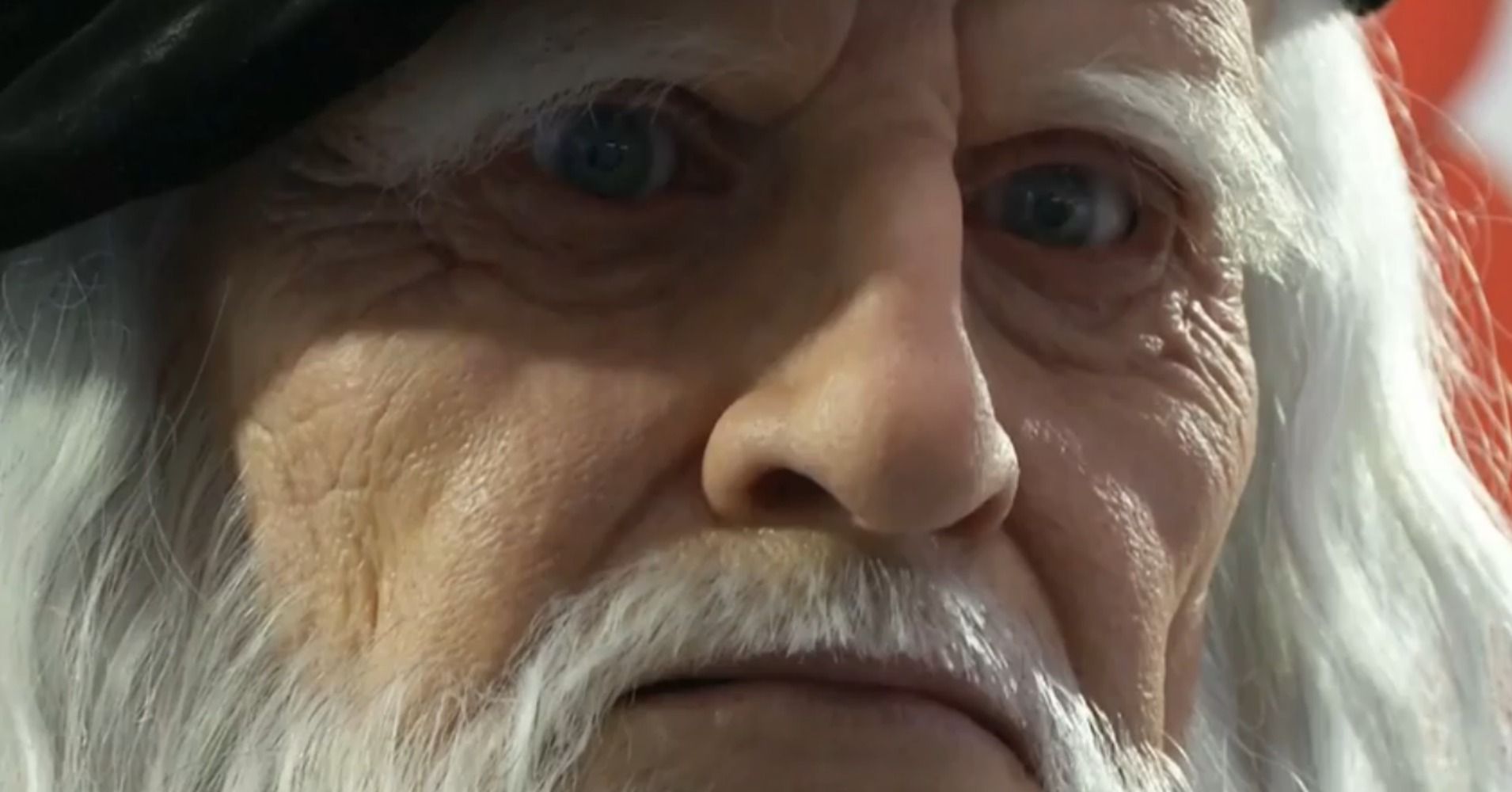

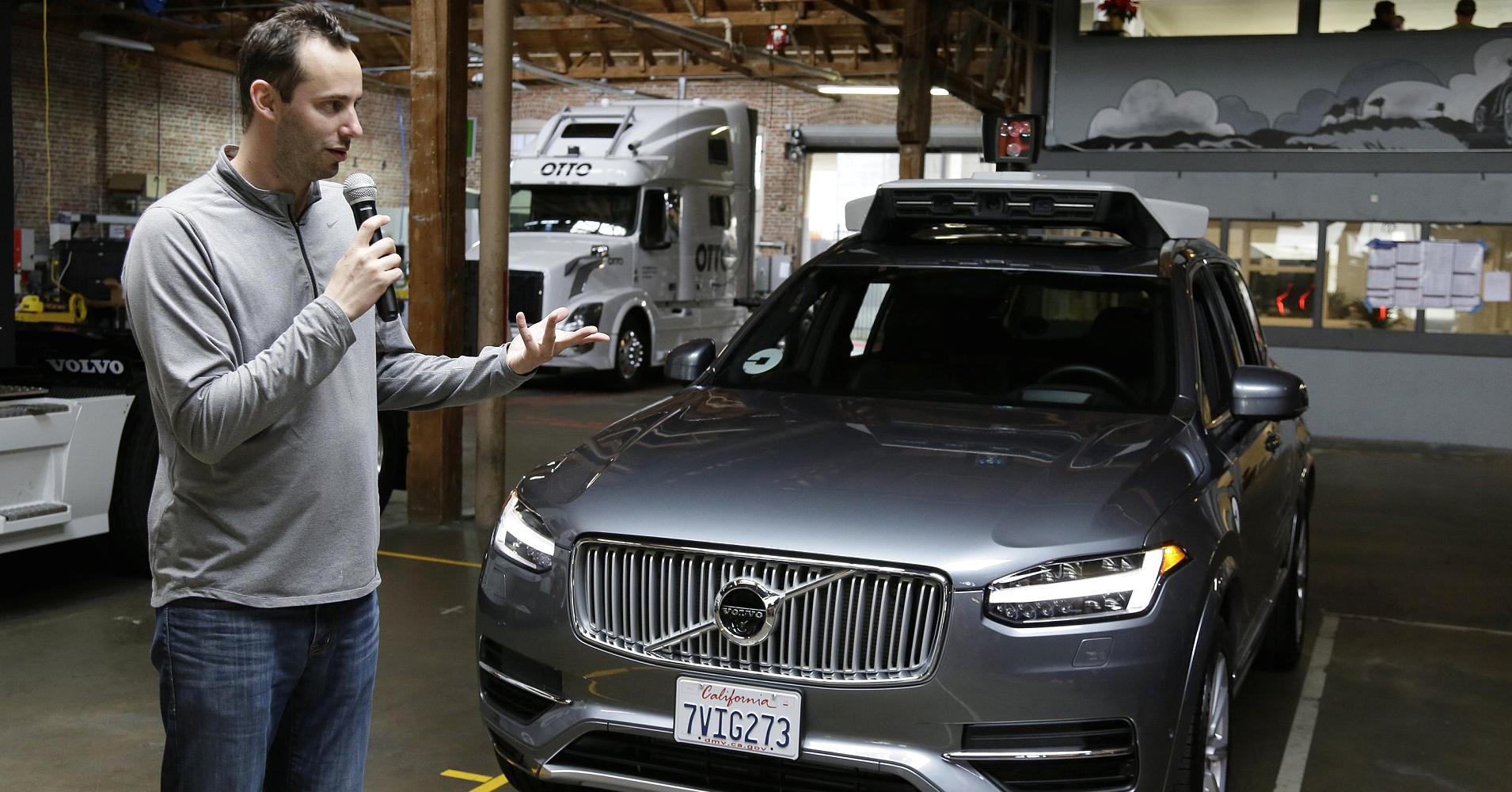
Hopefully this doesnt negatively effect the self driving truck.
One of Uber’s top engineers will no longer be able to work on a key self-driving car technology, a federal judge ordered, adding a new hurdle in the ride-hailing company’s race to get to market.
Uber will be able to continue working on its self-driving car technology, the judge said, but embattled engineer Anthony Levandowski must be removed from any work relating to a key technology called LIDAR, which helps cars “see.”
Alphabet’s self-driving car unit, Waymo, has sued Uber, claiming that the ride-hailing start-up is using key parts of Waymo’s self-driving technology.

SAN FRANCISCO Uber Technologies Inc [UBER.UL] must promptly return stolen confidential files to Alphabet Inc’s (GOOGL.O) Waymo self-driving car unit, a federal judge ruled, while stopping short of shutting down the ride-services company’s autonomous car program.
The judge wrote that Uber knew, or should have known, that an ex-Waymo engineer it later hired had taken Waymo files potentially containing trade secrets, and that some of the intellectual property had “seeped into” Uber’s own development efforts.
The ruling by U.S. District Judge William Alsup in San Francisco, unsealed on Monday, marked a blow to Uber, which is engaged in a battle with Waymo to dominate the fast-growing field of self-driving cars expected to revolutionize the automotive industry.
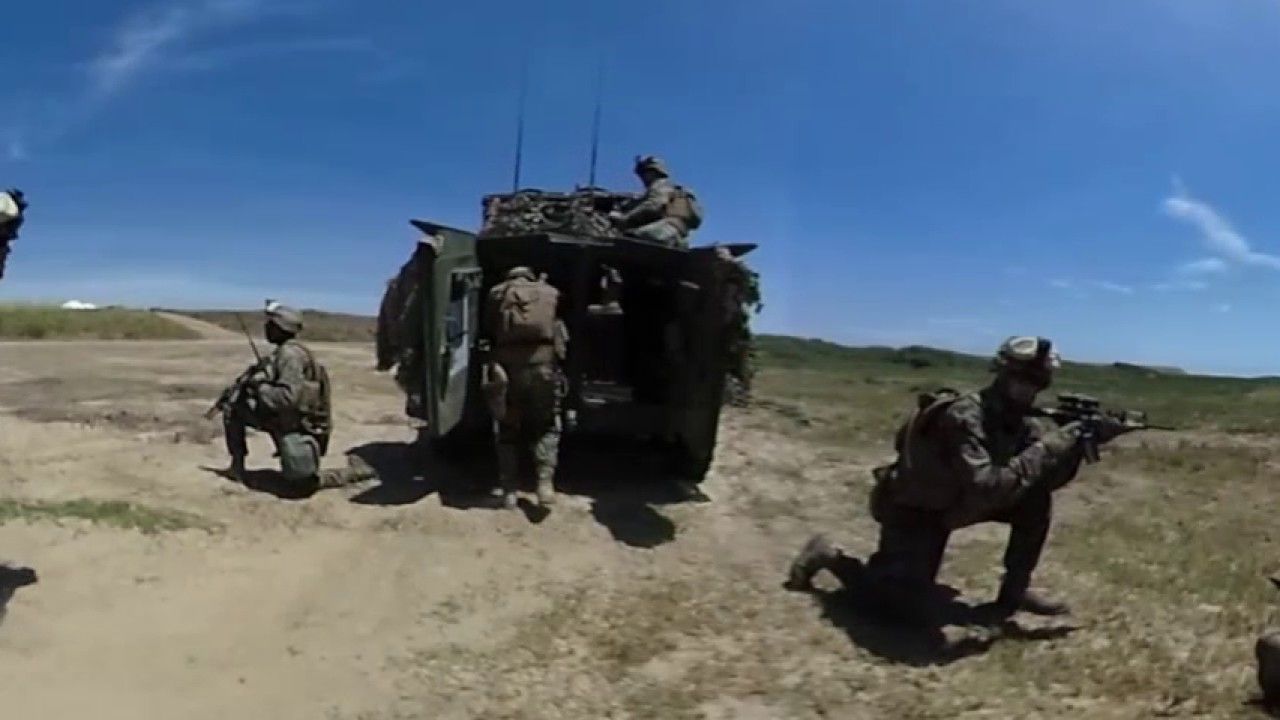
Tracked Combat Vehicles
Multi-Utility Tactical Transport (MUTT)
MUTT is designed to be a rugged, reliable small unit force multiplier providing increased persistence, protection and projection. As a controller-less small unit robotic follower, it “Lightens the Load” throughout the full gamut of combat operations with expeditionary power. As a remote-controlled or tele-operated teammate, it provides stand-off from threats or increased projection of combat power. The MUTT is engineered to easily evolve to accommodate new payloads, new controllers and increased levels of autonomy. MUTT provides MUM-T 1.0 capability.

Instead of just being regional, why not go international? That’s the idea behind ET3’s tube transportation concept, which it calls the “mag-lev limo.” It would be capable of traveling from New York to Beijing in 2 hours.
Transportation of the future is being developed today: autonomous electric vehicles, flying cars, and the futuristic pods that make up the Hyperloop are just a few notable examples. There’s another idea vying to be the next generation of public transportation, and while it might look something like the Hyperloop, this tube transport company’s CEO Daryl Oster explains why it’s different:
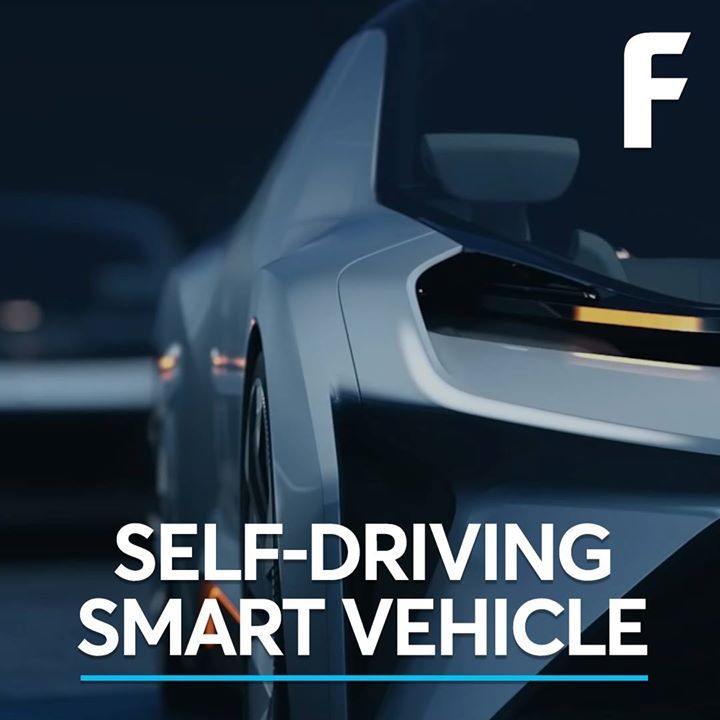
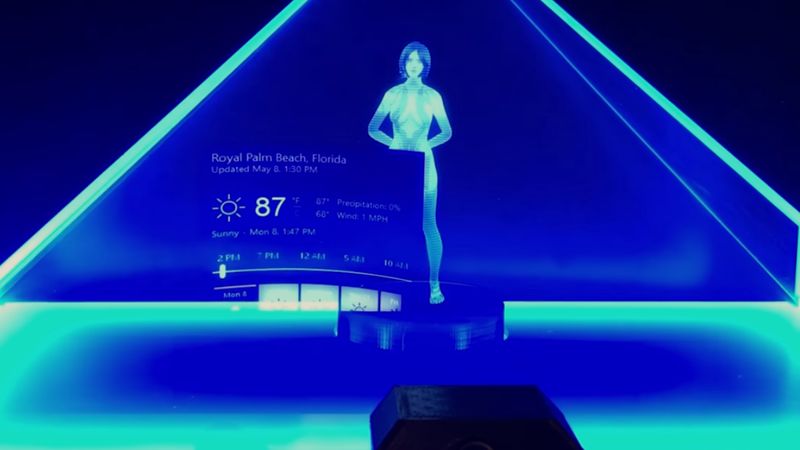
Many of us have already come to know the disembodied voices of personal assistants like Apple’s Siri or Amazon’s Alexa, but now a software engineer has finally put a face to a name.
Jarem Archer, who works as a consultant through his business, unt1tled, created a hologram device to match Microsoft’s Cortana personal assistant from Windows 10. She’s just like Cortana the Halo character, which Microsoft based its own on — she’s a slightly translucent, blue-light babe with a hip-waist-bust ratio that exposes her origins in the world of gaming. But Archer’s Cortana is 3D and paces around inside a pyramid prism that rests on a table. In his demo video, he asks Cortana if he’ll need an umbrella, and she then pulls up a graphic with the temperature and assures him that it’s “probably not necessary.”
“I’m just kind of seeing where this goes,” Archer, 33, said in a phone interview.